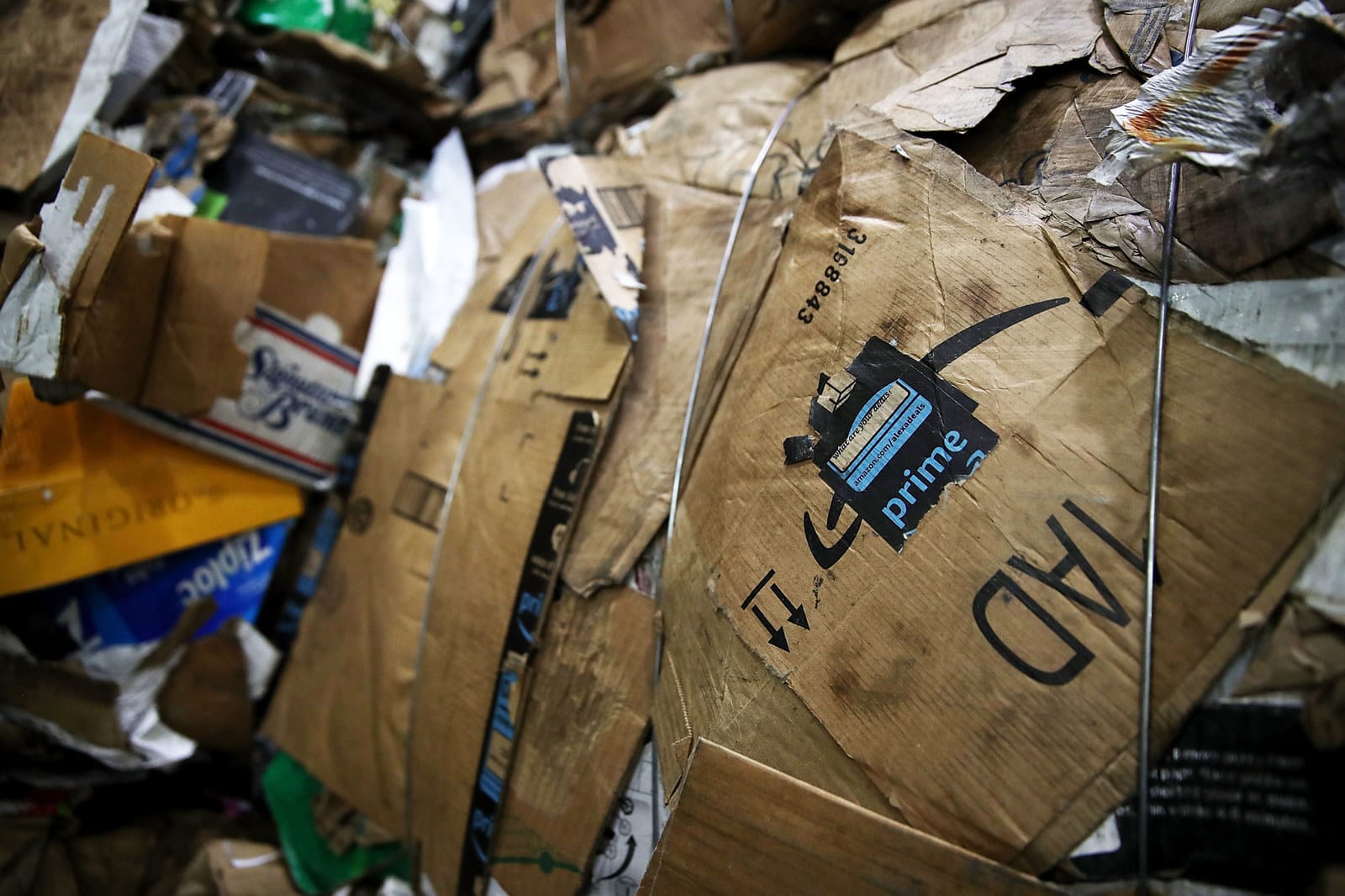Australia’s Great Barrier Reef Status Lowered To ‘Critical’ and Deteriorating
The health status of Australia’s Great Barrier Reef has officially declined from “significant concern” to “critical” for the first time, the International Union for Conservation of Nature (IUCN) announced this week. CBS News reports:
It said climate change is now the biggest threat to natural World Heritage sites, including the world’s largest and most spectacular coral reef. According to the new report, one-third of the 252 natural World Heritage sites are now threatened by climate change. Previously, invasive species were listed as the top threat.The Great Barrier Reef must contend with ocean warming, acidification and extreme weather to stay alive amid record heat waves. It has lost half of its coral to climate change since 1995, with its status now listed as “critical” — the most urgent designated status in the classification system of the UNESCO advisory board. Sites listed as critical are “severely treated and require urgent, additional and large-scale conservation measures,” the report said. Additionally, the report warns that plans to protect the reef long-term have been slow to implement, failing to stop or reverse the reef’s deterioration.
The report adds that four other Australian world heritage sites have also deteriorated and received lowered statuses — the Blue Mountains, the Gondwana rainforests, the Ningaloo Coast and Shark Bay. “Overall, more sites have deteriorated than improved since 2017,” reports CBS News.

